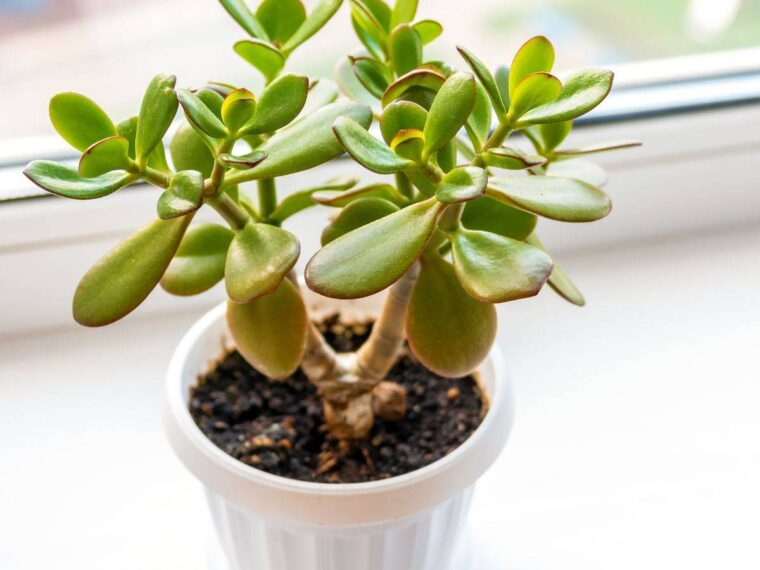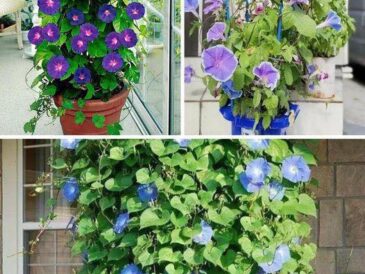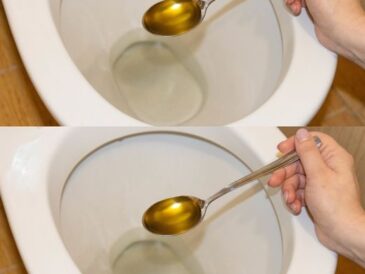Jade plants, scientifically known as *Crassula ovata*, are cherished for their striking appearance, resilience, and symbolism of good fortune. With their thick, fleshy leaves and tree-like form, jade plants can be stunning additions to any home. To achieve a robust and bushy jade plant, effective pruning is essential. This article explores the art of pruning jade plants in detail, including its benefits, techniques, timing, and ongoing care.
Why Prune Your Jade Plant?
Pruning serves multiple purposes that contribute to the overall health and aesthetics of your jade plant:
1. **Encouraging Bushiness**
Pruning stimulates lateral growth. By trimming back longer stems, you encourage the plant to grow more branches, resulting in a fuller, bushier appearance.
### 2. **Removing Dead or Damaged Growth**
Regularly cutting away dead leaves or stems not only improves the plant’s appearance but also allows it to redirect energy to healthier parts. This practice helps prevent disease and pest infestations.
3. **Improving Air Circulation**
Dense foliage can trap moisture and impede airflow, increasing the risk of fungal infections. Pruning helps create space, ensuring better air circulation around the plant.
4. **Shaping the Plant**
Pruning allows you to shape your jade plant according to your aesthetic preferences. Whether you desire a compact bush or a taller tree-like structure, strategic cuts can help you achieve your desired look.
When to Prune
The ideal time to prune a jade plant is during its active growing season, which is typically in spring or early summer. Pruning at this time encourages quick recovery and promotes new growth. Avoid pruning in the fall or winter when the plant is dormant, as this can stress the plant.
Tools You’ll Need
To prune your jade plant effectively, gather the following tools:
– **Sharp, clean pruning shears or scissors**: Ensure they are specifically designed for cutting plants.
– **Rubbing alcohol**: Use this for sterilizing your tools before and after pruning to prevent the spread of diseases.
– **Gloves**: Optional, but recommended for protecting your hands, especially if you have sensitive skin.
Step-by-Step Pruning Guide
1. **Prepare Your Tools**
Sterilize your pruning shears with rubbing alcohol. This step is crucial in preventing the introduction of pathogens to your plant.
2. **Assess Your Plant**
Examine the jade plant carefully. Identify areas that appear leggy, overcrowded, or have dead or damaged leaves. Look for stems that have grown too long or are out of proportion with the rest of the plant.
3. **Make the Cuts**
– **Trimming Stems**: Cut back long, leggy stems to just above a leaf node. This encourages branching from that node, which will lead to a fuller plant. Aim for cuts at a 45-degree angle to promote healing.
– **Removing Dead Leaves**: Gently pull off any dead or yellowing leaves. If they resist, use your shears to cut them away at the base.
– **Thinning Dense Areas**: If certain areas of the plant appear overcrowded, selectively prune to allow light and air to reach the inner leaves. Remove some branches entirely to create a balanced structure.
4. **Encourage New Growth**
Post-pruning, you may have exposed areas on the plant. This is normal, and new growth will emerge from the leaf nodes left intact. Monitor these areas closely for signs of new branches.
5. **Post-Pruning Care**
After pruning, place your jade plant in a bright location with indirect sunlight. Avoid watering immediately, as the plant might be more susceptible to rot. Resume regular watering after a few days, allowing the soil to dry out between waterings.
Additional Tips for a Big and Bushy Jade Plant
**1. Regular Pruning**
Aim to prune your jade plant annually or every couple of years. This not only maintains its shape but also promotes health and vigor.
**2. Rotate Your Plant**
Periodically rotate your jade plant to ensure even exposure to sunlight. This practice helps prevent one-sided growth, resulting in a more symmetrical appearance.
**3. Optimal Growing Conditions**
Ensure your jade plant is in well-draining soil, ideally a cactus or succulent mix. Provide bright, indirect sunlight for at least four hours a day, as insufficient light can lead to leggy growth.
**4. Fertilizing**
During the growing season, consider using a diluted liquid fertilizer every month. This practice can enhance growth and support recovery after pruning.
**5. Monitor for Pests**
Keep an eye out for common pests like mealybugs or aphids. If you notice any, treat them promptly with insecticidal soap or neem oil.
Conclusion
Pruning is an essential aspect of jade plant care that can lead to a fuller, more vibrant specimen. By understanding the techniques, timing, and ongoing care required, you can cultivate a healthy jade plant that thrives for years. With patience and practice, you’ll master the art of pruning and enjoy the beauty of your bushy jade plant as it flourishes in your home.





